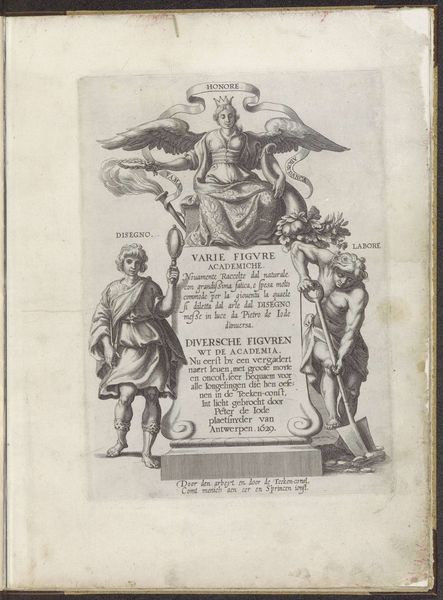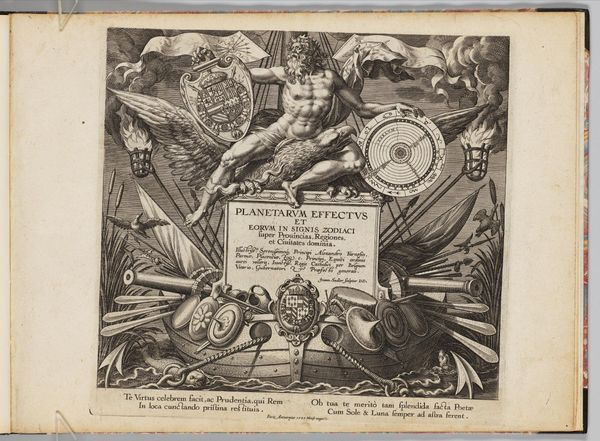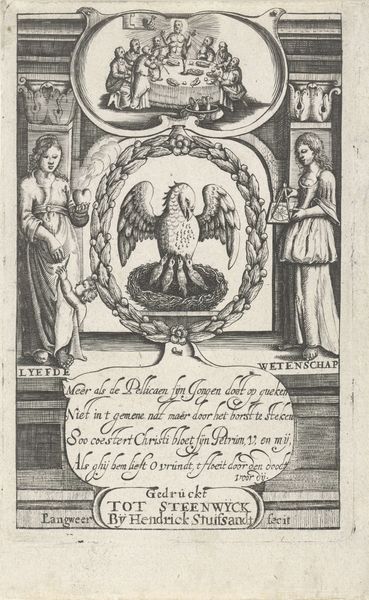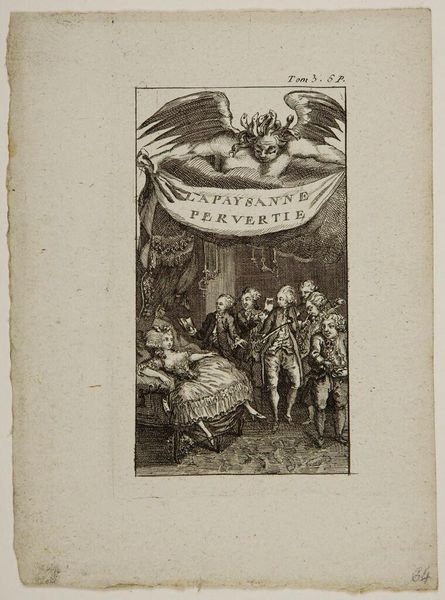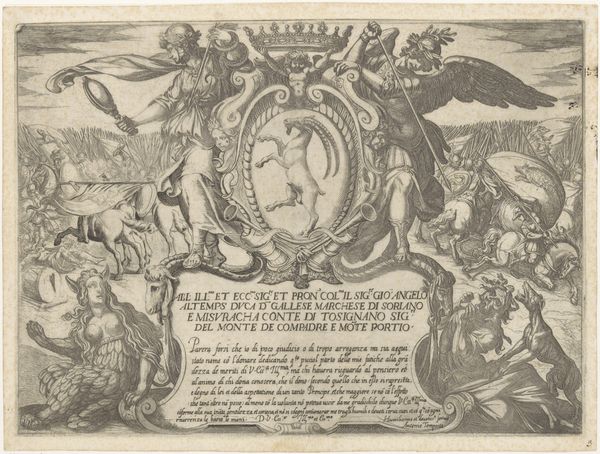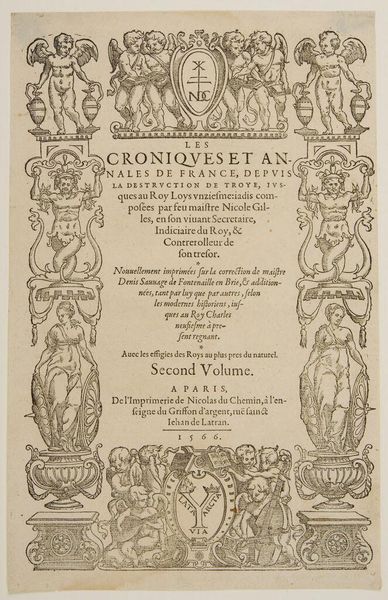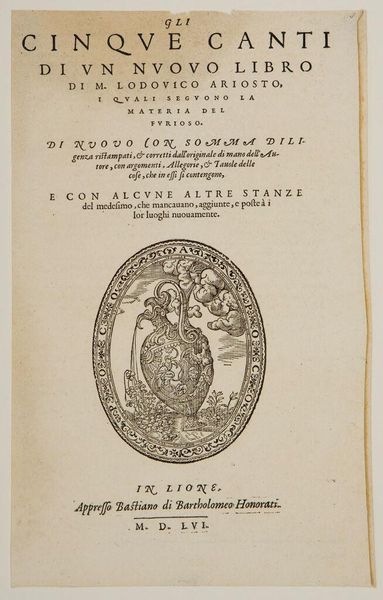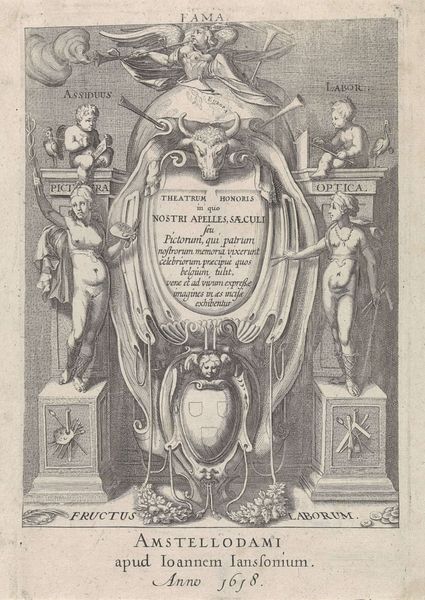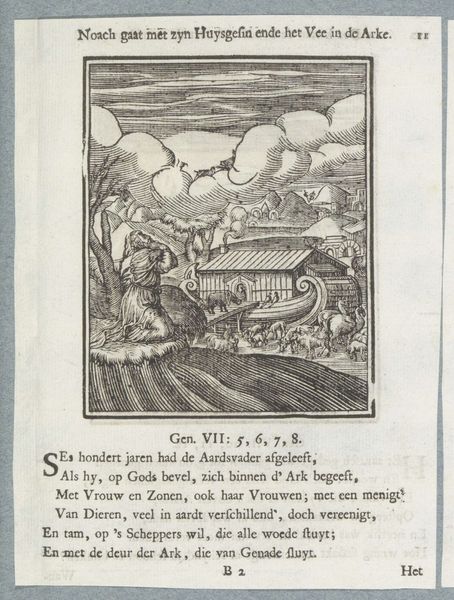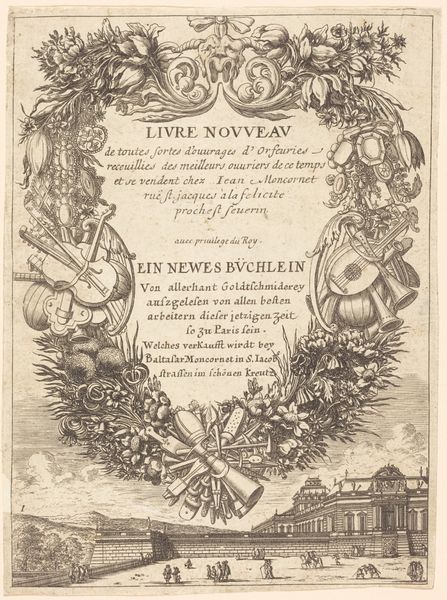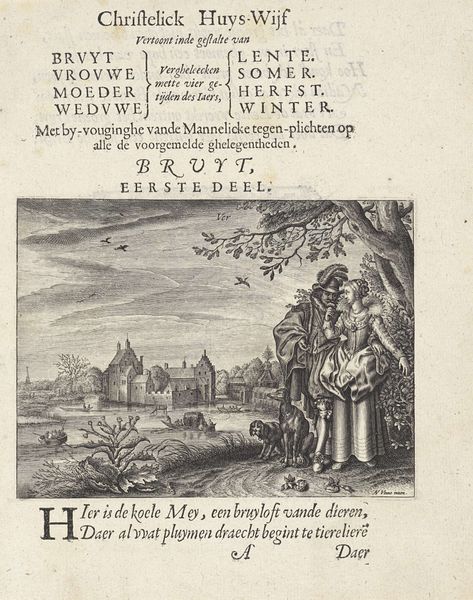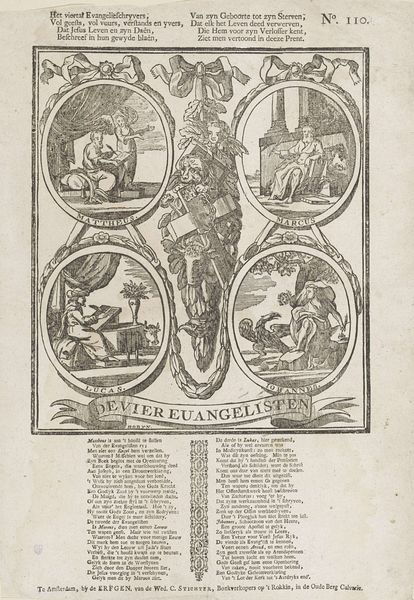
print, etching, engraving
#
baroque
# print
#
etching
#
landscape
#
figuration
#
abstraction
#
italian-renaissance
#
engraving
Dimensions: height 152 mm, width 223 mm, height 390 mm, width 258 mm
Copyright: Rijks Museum: Open Domain
This engraving of a dragon in the marshes outside Rome was made in 1696 by Cornelis Meijer. As an engraving, the image is created by cutting lines into a metal plate, which are then filled with ink and printed onto paper. The medium is crucial here. The incised lines give the dragon and the landscape a stark, linear quality, emphasizing detail and texture. Look closely at the dragon's scales and wings, as well as the marshland it inhabits, and note how the cross-hatching creates a sense of depth and shadow. Engraving was a skilled craft, demanding precision and control. Here, it's harnessed not for a precious object, but a printed image, indicative of a shift towards wider distribution and consumption of images in the 17th century. The image's existence relies on both the artist's skill and the printing press, a technology driven by commercial demand. This piece blurs the line between art object and mass-produced commodity, reflecting the changing landscape of art and labor in early modern Europe.
Comments
No comments
Be the first to comment and join the conversation on the ultimate creative platform.

